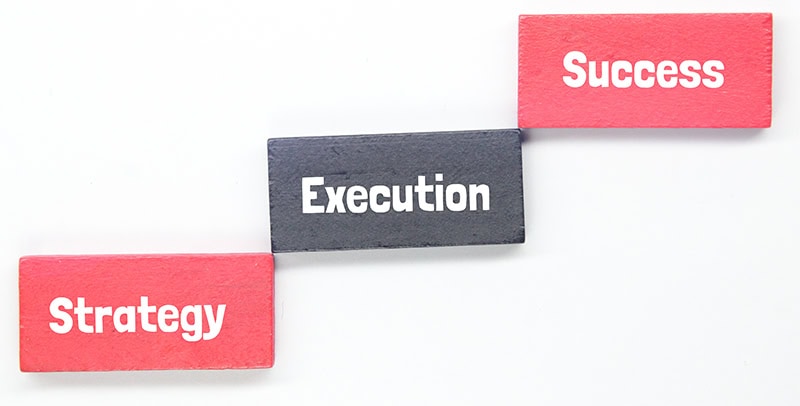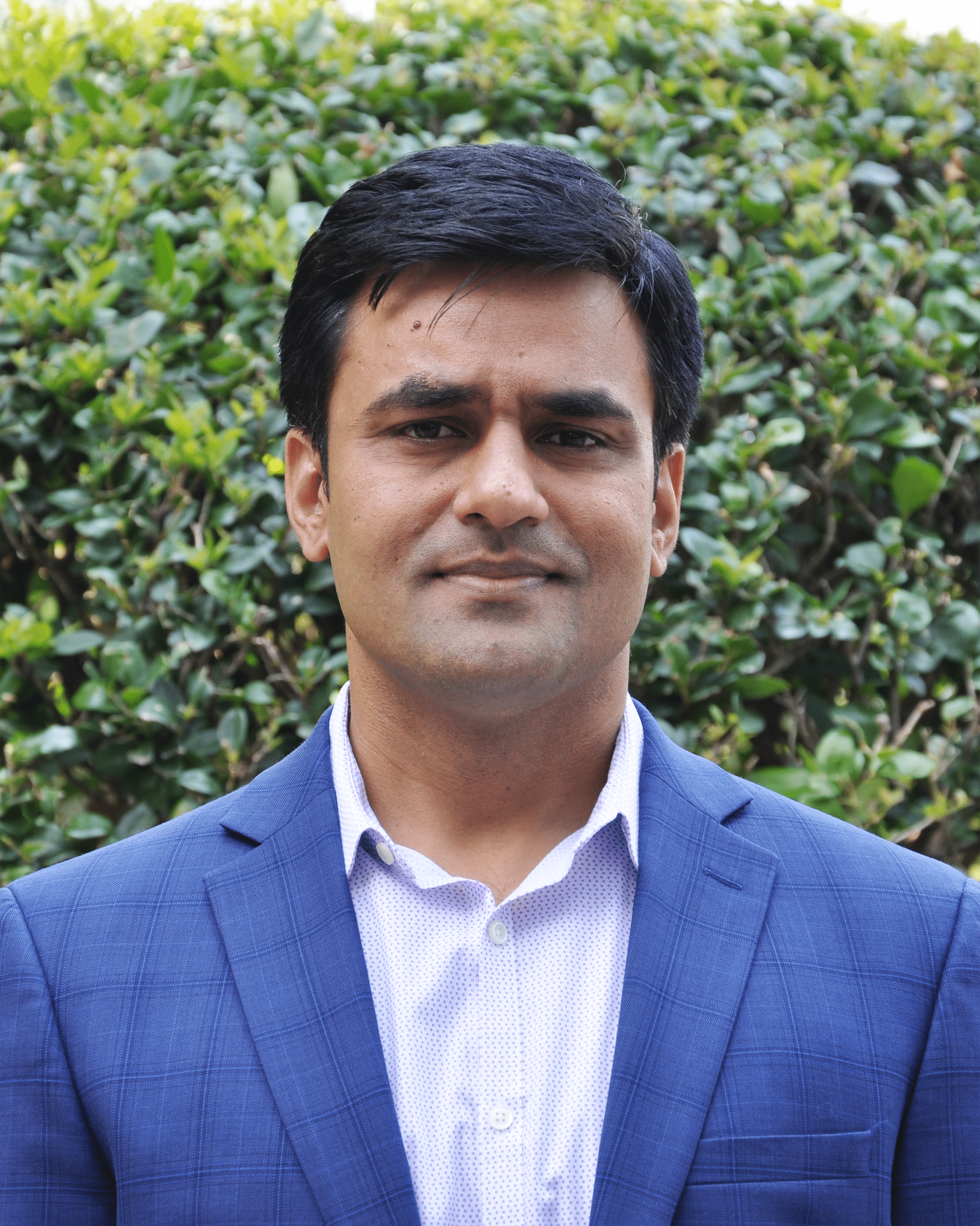2 Methods for Driving Digital Innovation
Guidance to Leadership, from Leadership
Smartbridge leaders provide two methods for driving innovation & enhancing the customer experience. This dual approach ensures that initiatives are not only well-planned but also dynamic and responsive to changing conditions.
Navigating the digital landscape is both a challenge and an opportunity for leaders striving to drive innovation and enhance customer experiences. As the pace of technological advancement accelerates, organizations must adopt forward-thinking strategies to remain competitive and customer-focused.
Two industry leaders, Rajeev Aluru, Senior Managing Director of Data, Analytics & AI, and Steve Senterfit, President of Smartbridge, offer valuable insights into how leaders can effectively chart this course. Their advice centers on creating a strong foundation for innovation and fostering collaboration across ecosystems, providing a comprehensive roadmap for success.
Setting the Foundation for Long-Term Success
Insights from Rajeev Aluru
A robust navigation strategy begins with long-term commitment and support from the organization’s leadership. Rajeev Aluru emphasizes that executive sponsorship is a critical driver of digital transformation. Without this, initiatives often fail to gain the traction or resources needed to succeed.
Equally important is fostering a culture of change. Transforming an organization to embrace innovation requires consistent effort and clear communication. This cultural shift is not merely a top-down directive but a collective movement that involves every stakeholder within the organization.
To sustain momentum, Aluru highlights the necessity of identifying opportunities that directly impact the company’s bottom line. These include initiatives that drive revenue growth or deliver significant cost savings while enhancing customer experience. For example, a retailer might prioritize implementing AI-driven customer service tools to reduce operational costs while improving response times and satisfaction levels.
Balancing short-, medium-, and long-term goals is another critical component. Organizations should define and pursue quick wins within 3-6 months to build confidence, mid-term projects spanning 6-18 months to deliver more substantial changes, and transformative initiatives over 18 months to three years to secure lasting competitive advantages.
Finally, Aluru advocates for a “plan-do-check-adjust” approach. This iterative method ensures agility and continuous improvement, allowing organizations to adapt as they execute their strategies. Effective change management practices should underpin this process, ensuring that all stakeholders remain engaged and aligned.
Creating Collaborative Digital Innovation Hubs
Insights from Steve Senterfit
Innovation thrives in collaborative environments. Steve Senterfit proposes a powerful strategy to redefine innovation through the creation of Collaborative Digital Innovation Hubs. These hubs serve as dynamic ecosystems where internal teams, customers, and suppliers co-create solutions leveraging advanced technologies.
The purpose of such hubs is twofold: they act as brainstorming arenas and virtual testing grounds. By bringing together diverse perspectives, these hubs foster creativity and collective problem-solving. Through real-time simulations, stakeholders can design, prototype, and refine interactions, products, and processes, ensuring solutions are both customer-centric and operationally viable.
For instance, a restaurant chain might use this approach to revolutionize its supply chain and dining experience. Suppliers could propose streamlined delivery models, while customers participate in testing personalized menu concepts. Internal teams would refine workforce processes to align seamlessly with these innovations. Within the hub’s virtual simulation environment, all stakeholders can assess the impact of proposed changes on efficiency, cost, and satisfaction.
By breaking down silos and promoting ecosystem-wide collaboration, these hubs empower organizations to develop innovative solutions that align with the needs of all participants. This approach not only enhances customer experiences but also strengthens relationships across the value chain, creating a unified and agile digital ecosystem.
The Alignment Between Strategy and Execution
Rajeev Aluru’s structured, strategic approach and Steve Senterfit’s collaborative hub model complement each other, providing a holistic framework for navigating the digital landscape. While Aluru’s focus is on building a solid foundation through leadership support, measurable outcomes, and iterative execution, Senterfit’s emphasis on co-creation fosters agility and inclusivity.
Together, these strategies underscore the importance of aligning long-term planning with collaborative execution. A company might begin by identifying its strategic goals and securing leadership buy-in, as Aluru suggests. Simultaneously, they could establish a Collaborative Digital Innovation Hub to engage stakeholders in shaping and testing solutions. This dual approach ensures that initiatives are not only well-planned but also dynamic and responsive to changing conditions.

For example, an organization in the healthcare industry might follow Aluru’s framework to prioritize patient experience improvements, securing leadership commitment and defining a phased roadmap. They could then use Senterfit’s hub model to collaborate with patients, caregivers, and technology partners to co-create and test telemedicine solutions. This synergy between structured planning and collaborative execution ensures success in both the strategic and operational realms.
The Time to Drive Meaningful Innovation is NOW.
Effectively navigating the digital landscape requires a combination of vision, strategy, and collaboration. Leaders must commit to long-term support, embrace cultural change, and balance short- and long-term goals, as outlined by Rajeev Aluru. At the same time, they must foster innovation through co-creative environments, as Steve Senterfit’s Collaborative Digital Innovation Hub demonstrates.
By integrating these approaches, organizations can drive meaningful innovation, enhance customer experiences, and position themselves as leaders in their respective industries. Now is the time for leaders to evaluate their strategies and consider adopting these proven methods to unlock their full potential in the digital age.
Senterfit and Aluru are happy to make themselves available to executives ready to focus on digital innovation strategies. Book on their calendars above or request a Smartbridge consult here.
Keep Reading: Digital Transformation Leadership Training
Looking for more on digital innovation?
Explore more insights and expertise at smartbridge.com/digitalinnovation
There’s more to explore at Smartbridge.com!
Sign up to be notified when we publish articles, news, videos and more!
Other ways to
follow us:




